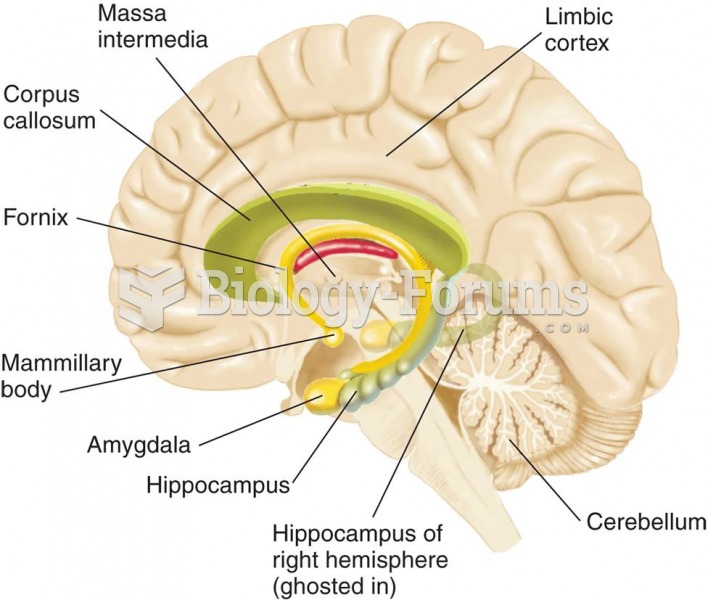Answer to Question 1
Sociologist Emile Durkheim was one of the first to emphasize that religion is essential
to the maintenance of society. He suggested that religion is a cultural universal found in
all societies because it meets basic human needs and serves important societal
functions. According to Durkheim, all religions share three elements: (1) beliefs held by
adherents, (2) practices (rituals) engaged in collectively by believers, and (3) a moral
community based on the group's shared beliefs and practices pertaining to the sacred.
For Durkheim, the central feature of all religions is the presence of sacred beliefs and
rituals that bind people together in a collectivity. Religious beliefs and rituals are
collective representationsgrou p-held meanings that express something important
about the group itself. From a functionalist perspective, religion has three important
functions in any society. (1) Religion offers meaning for the human experience. Some
events create a profound sense of loss on both an individual basis (such as the death of
a loved one) and a group basis (such as famine). Inequality may cause people to
wonder why their own situation is no better than it is. Most religions offer explanations
for these concerns. (2) By emphasizing shared symbolism, religious teachings and
practices help promote social cohesion. An example is the Christian ritual of
communion, which not only commemorates a historical event but also allows followers
to participate in the unity of themselves with other believers. Religion has played an
important part in helping members of subordinate groups develop a sense of social
cohesion and belonging even when they are the objects of prejudice and discrimination
by dominant group members. Religion has also been important to those who voluntarily
migrated to the United States. (3) All societies attempt to maintain social control
through systems of rewards and punishments. Sacred symbols and beliefs establish
powerful, pervasive, long-lasting motivations based on the concept of a general order of
existence. Religion also helps maintain social control in society by conferring
supernatural legitimacy on the norms and laws of a society. In the United States, the
separation of church and state reduces religious legitimation of political power.
Answer to Question 2
b







